The Tank Systems in the Dry Zone of Sri Lanka: Evolution, Management and Traditional Knowledge
The dry-zone water-harvesting and management system in Sri Lanka is one of the oldest historically recorded systems in the world. A substantial number of ancient sources mention the management and governance structure of this system suggesting it was initiated in the 4th century BCE (Before Common Era) and abandoned in the middle of the 13th century CE (Common Era). In the 19th century CE, it was reused under the British colonial government. Over the centuries, large-scale irrigation works were important to expand and develop the Dry Zone hydraulic civilization throughout the northern lowland plains and to enhance the livelihoods of the people by ensuring water availability throughout the year. In addition, the implementation of the water management and governance systems resulted in ancient times in a strengthened economic situation due to an increase of stable food supply. A centralized bureaucratic administration was set up for the management of these large-scale systems in the later part of the Middle Historic Period (3rd – 13th century CE). As a result, when the central government disintegrated the main irrigation systems were largely abandoned. In contrast, from the beginning of the Sri Lankan hydraulic civilization the vast multitude of small village tanks were developed and managed by local communities with less sophisticated technical skills. Due to the sustainable decentralized management structure, the small tank systems existed intact for more than two millennia, even after the Dry Zone was abandoned during medieval times. After nearly five centuries of abandonment, the water management and governance systems in the Rajarata kingdom were reutilized under the British colonial regime.


